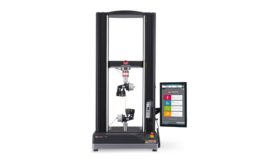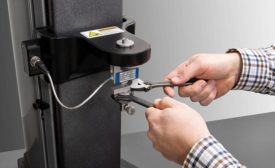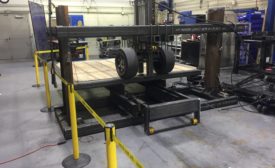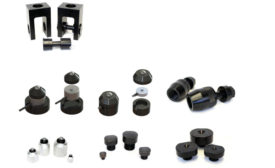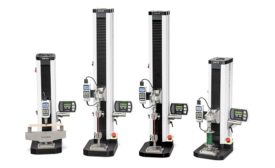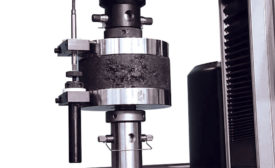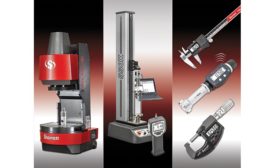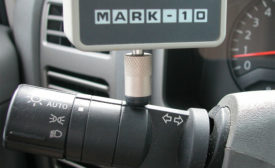Home » force testing
Articles Tagged with ''force testing''
Force testing is the most fundamental element of materials testing and continues to be critical to the safety of the world around us.
Read More
Understanding the Role of Load Cells in Force Measurement
This will help you choose the most appropriate load cell for your application.
April 1, 2020
Knapheide Saves Costs and Time in Nondestructive Vehicle Testing
The money saved would otherwise have been spent contracting outside test labs.
November 8, 2019
Web Exclusive
Recommended Compression and Tension Adapters for Force Calibration
July 3, 2019
A Primer on Materials Testing
There are many reasons to perform materials tests. Learn the top five.
January 1, 2019
Nondestructive Compression Force Testing: What, Why, and How
Nondestructive compression force testing helps quality control professionals assess and ensure product quality.
June 1, 2018
Stay in the know with Quality’s comprehensive coverage of
the manufacturing and metrology industries.
eNewsletter | Website | eMagazine
JOIN TODAY!Copyright ©2024. All Rights Reserved BNP Media.
Design, CMS, Hosting & Web Development :: ePublishing
